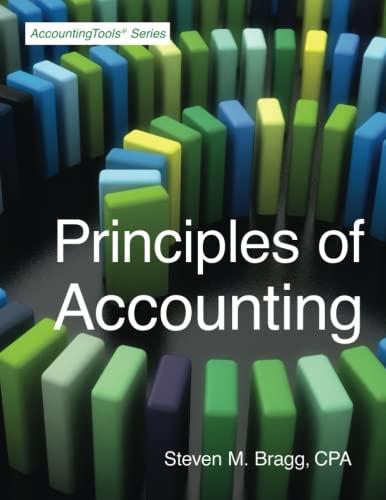-
How many Pokemon Go! users are reported in Magazine Quintile 5?
-
Out of all Pokemon Go! users reported in the Magazine column, what proportion (percentage) is made up of Magazine Quintile 5 readers? Show the math to prove you have chosen the correct percentage from the crosstab.
-
You need to evaluate magazines for your target audience. After evaluating Table 1, what conclusion would you draw about magazine readership? Report index numbers to support your answer, and report the percentage of Pokemon Go! users in the heaviest magazine user quintile.
-
How is the index for Pokemon Go! users in the heaviest Magazine user Quintile calculated? Show your math. Tip: What percentage of adults are in the heaviest user quintile? Review the example.
-
Focusing exclusively on Quintile 1, highlight the index numbers across all 5 media for your target. Based on index numbers, rank all five media from high to low, and list the Quintile 1 index number for each medium.
-
Relatively speaking, which medium is used the least by Pokemon Go! users based on the indexes in the bottom two quintiles? Include the index numbers.
-
Could you still reach Pokemon Go! users by using this medium? Explain why.
-




4 Media Planning Terms and Concepts Quintiles Overview: The most common way to measure a particular target audience's usage of a particular medium is to compare how much the target group consumes that medium compared to the average person. We do this by grouping people into five equal groups Organizing people into "quintiles" is done by simply dividing a population into five roughly hly equal groups based on a specific criteria. in media, takulating quintiles starts with breaking the total population into five equal groups based on their usage of various media (television, internet, magazine readership, etc.). If we use television as an example, there are a total of 136 viewable hours in television in one week. We can then rank the tatal population on how many hours of television they watch each week and then break the population into five equal groups therefore each group represents 20% of the population). When you do so you find that the top 20% of the population watches anywhere between 26 and 113 hours of television each week. The battor 20% of the population watches between 0 and 3 hours of television each week. Note that the range of viewing hours is not proportionate. That is because we are breaking the groups out based on population, not media usage. The amount of media usage is a result of the amount of media consumed lay that 20% of the population. The population is rariod from high to low, from the heaviest user to the lightest user, people are counted off until the first tile' is complete. In a universe of 100 persons, twenty would be placed into each quintile. In media planning, we then compare the media usage within aur specific target group with the population as a whole, or the average EXAMPLE Media quinties can aid in the selection of media channels by highlighting which media those in your target use most often. We can identify how many of our target watches the number of hours of television allocated to cach quintile. That percentage is then compared to the average of 20% to Create an Index number There are two important aspects of quintiles to point out. These can be rather confusine. The first thing to note is that a high index means that your target audience is more likely to fall into that quintile than the average person. So, a high index in lower quintile means they are light users of that medium. Some students get confused because we're used to higher numbers meaning more. Exhibit 1: All V.5. Adults who have downloaded Pokemon Gol (Total PG Population = 30,115,000) The other thing that you will notice is that this target audience indexes high in both the high and the low quintile. Yikes, what does that mean? Remember that quintiles are just directional and indicate usage, not influence. Ideally, and usually, you will see a general progression one way or the other from the heaviest to the lightest quintile. When faced with a situation like this you know that it will be fairly easy to reach those in the heaviest ouintile as they are watching a lot of TV in general. While those in Quintile 5 aren't watching much TV, they are watching something. In this case I wouldn't necessarily rule out TV, especially if I need to build reach and awareness. Instead, I would do more research to understand when they are watching TV, what shows are they watching and focus on my schedule on these shows or networks Weighted (0001) Vertical Index TELEVISION 6,527 109 QUINTILE 1 QUINTILE 2 21.7% 19.4% QUINTILE 3 5,361 17.8% B9 QUINTILE 4 5,591 18.6% 93 QUINTILES 4,796 22.6% 111 In Exhibit 1, "AIT U.S. Adults who have downloaded Pokemon Go/" - the heaviest viewers of television - in Quintile 1-make up 21.7% of the population, compared to the average of 20%. That is calculated by taking the 6,527,000 Pokemon Go! Users who watch between 26 and 118 hours of television per week and dividing it by the total af 30.115,000 Pokemon Gol Users. An index number is a way to compare percentages ta the average population. With an index number, 100 equals the average. So any index >100 means that it is above average and any index 100 means that it is above average and any index










